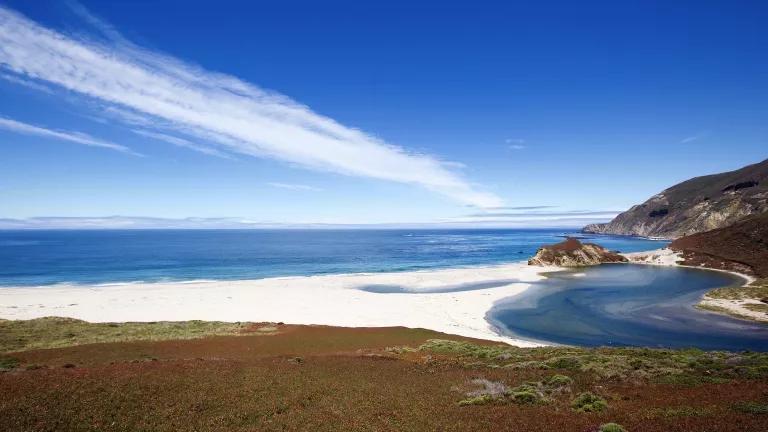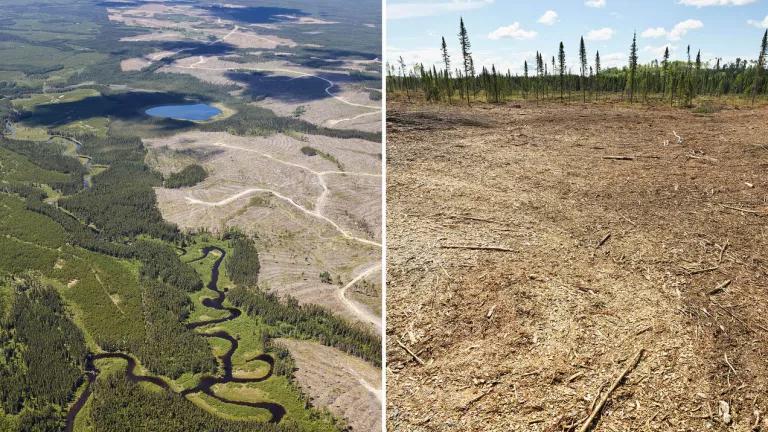It's time! Today, after years and years of collaboration from a number of stakeholders - including ranchers, hunters, local business owners, and conservationists - the U.S. Department of Interior released the final sage-grouse management plans, and the U.S. Fish and Wildlife Service announced that the sage-grouse doesn't need Endangered Species Act protections.
Though long awaited, this massive undertaking is the most comprehensive and collaborative conservation effort ... ever. Not only have barriers between federal agencies been dismantled, but over 1,100 private landowners have voluntarily joined the cause through the USDA's Natural Resource Conservation Service and the Sage Grouse Initiative.
The sage-grouse is a really big issue for us in Montana, home to some 33 million acres of sage-grouse habitat. Researchers estimate that there used to be as many as 14 million of these incredible birds across the West. Today, only 200,000 breeding sage-grouse exist across western states and two Canadian provinces. Sage-grouse are entirely dependent on sagebrush habitat, which has been reduced to about half of its original range.
The U.S. Fish and Wildlife Service has received numerous petitions in the past several years to protect sage-grouse under the federal Endangered Species Act. In 2010, it determined that the sage-grouse was "warranted for protection but was precluded by higher priority species." The Service was then court-ordered in 2011 to make a decision on whether to formally list this species under the Endangered Species Act by September 30 of this year. In the four years since, there has been an intense, all-out effort by states and federal agencies to come up with scientifically sound management plans.
As part of that effort, by Executive Order, Montana Governor Steve Bullock created a sage-grouse committee in 2013 that helped to develop our state's conservation plan. The 2015 Montana State Legislature then passed the Montana Sage Grouse Protection Act, which funds staff resources and created a revolving conservation fund with an initial balance of $10 million from the state. Just a couple of weeks ago, Governor Bullock issued a long-awaited second Executive Order, which amended his original order and provides for implementation of the state's sage-grouse conservation strategy. These are all important steps at the state level that the governor has taken to protect the iconic western bird, but there is still a long way to go. As my colleague Bobby McEnaney explains in his blog, "There are legitimate concerns that the plans are not as scientifically robust as they could have been, and NRDC would agree that the Interior Department could always do better." And the same could be said for the state plans, but it's crucial that Montanans continue to collaborate and work hard to ensure the effective and successful implementation of the state, federal, and voluntary plans.
At the federal level, there have been all sorts of efforts and initiatives undertaken to conserve the sage-grouse. These have been met with mixed reviews. But it's worth emphasizing that the effort by the Obama Administration to bolster sage-grouse protections across 50 million acres throughout the West has been truly remarkable, and, in fact, some are calling it the largest landscape-scale conservation plan in history. The plans announced today legitimize the time, effort, and money that the feds and Western states have invested over the last decade to develop plans to conserve the sagebrush habitat.
The plans aim to balance sage-grouse conservation with grazing, energy development, and other priority land use issues in the West. And while the foundation is now set, that's exactly how we should look at these plans--as the starting point in sage-grouse and sagebrush conservation, a flexible framework that can adapt appropriately to the needs of the bird and the landscape on which it depends. And the benefits extend far beyond the sage-grouse, which is why so many people are interested. Mule deer, elk, pronghorn, and golden eagles are among the more than 350 species that also depend on healthy sagebrush habitat.
It's our hope that the final plans announced today successfully protect the bird and its habitat. While the "all-of-the-above" approach taken by federal and state governments and private landowners give the sage-grouse and its habitat the best chance for recovery, it's now time to pour all of our effort into making sure these plans are built upon and fully implemented. As Rhea Suh, NRDC's President, said, "For forty years, protections for the sage-grouse have languished. It's time to give this bird - and its habitat - a chance to thrive."
That's a commitment NRDC will stand behind.



